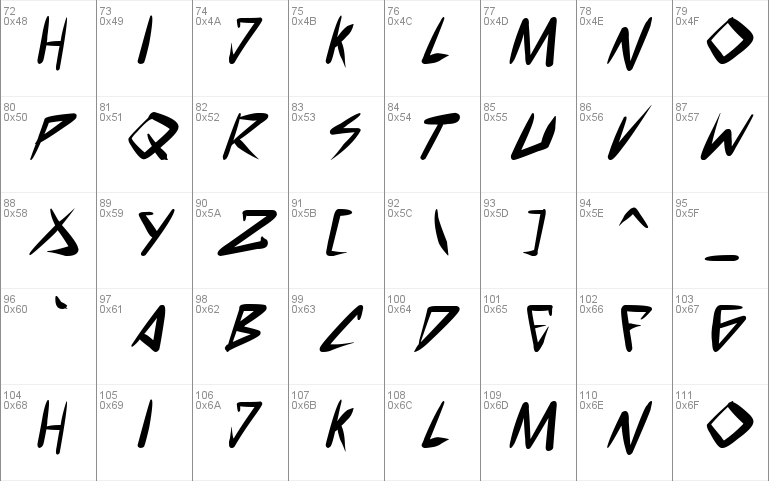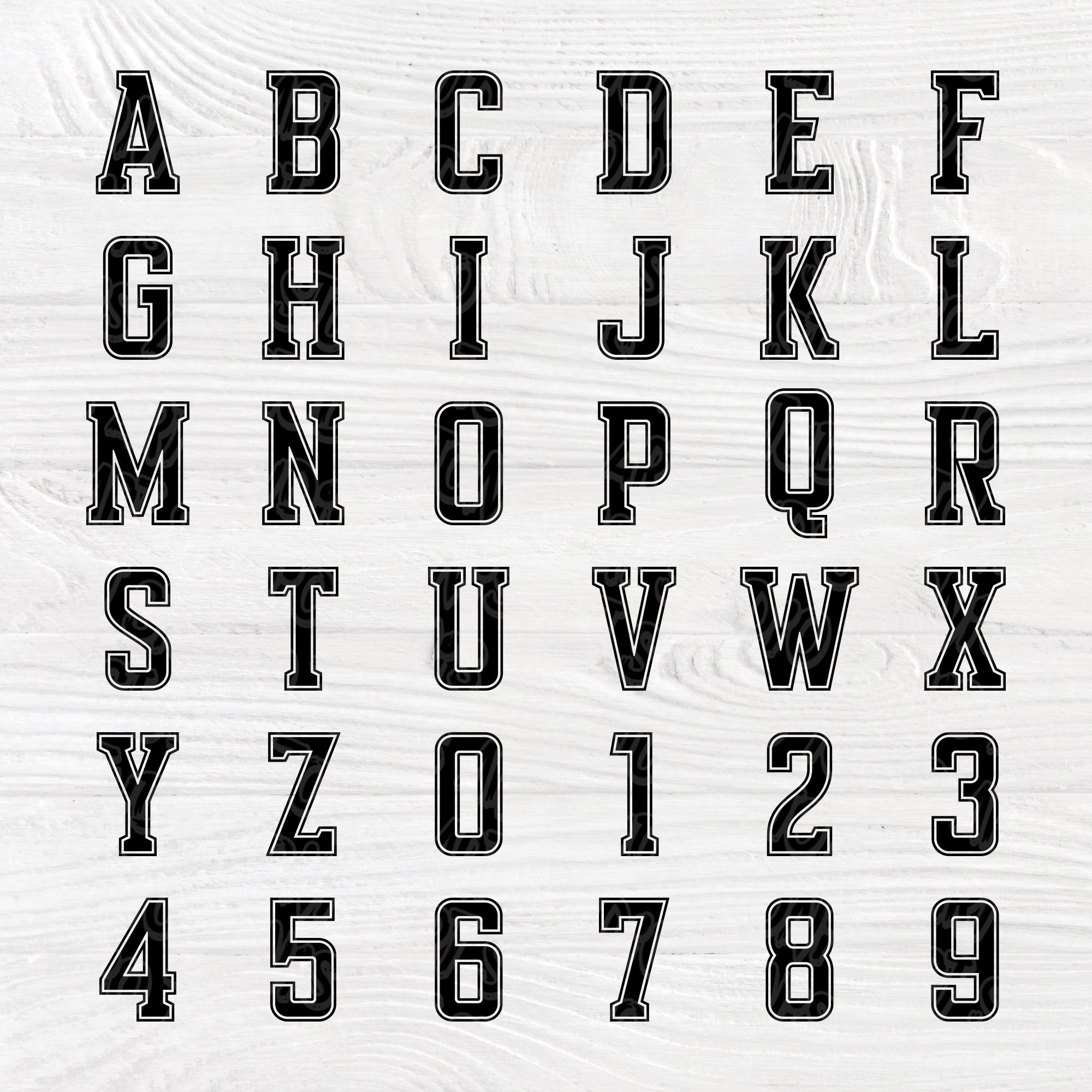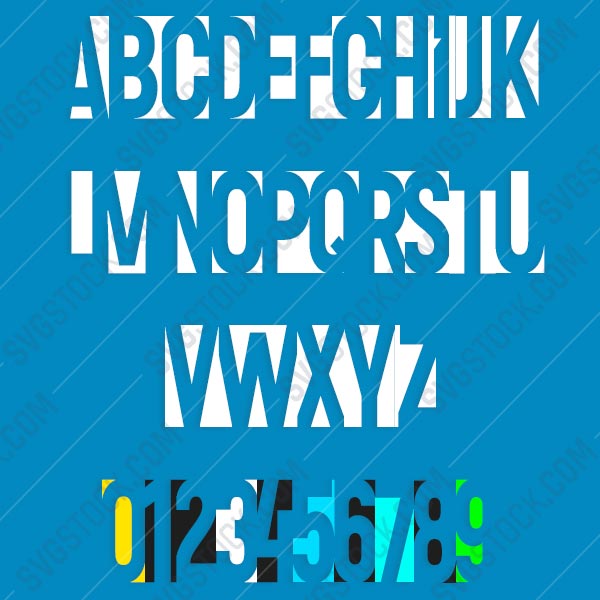

Print("Tell the byte at which the file cursor is:",new_file.tell()) To set the cursor at the beginning, you can use the seek() method of file object: cars= Note that reading from a file does not print anything because the file cursor is at the end of the file. Now let's write a list to this file with a+ mode: fruits=

New_file.write("Writing to a new file\n") new_file=open("newfile.txt",mode="w",encoding="utf-8") txt and save it to the working directory of Python. Remember to give correct path with correct filename otherwise, you will get an error:Ĭreate a notepad file and write some text in it. The following will create a new file in the specified folder because it does not exist. write(string) (for text) or write(byte_string) (for binary).You can use three methods to write to a file in Python: The readlines() method maintains a list of each line in the file which can be iterated using a for loop: my_file=open("test1.txt","r")

You can use a for loop to read the file line by line: my_file=open("test1.txt","r") When you use this method, you clear all buffer and close the file. Use the close() method with file handle to close the file. # outputs first two characters of next line #Use print to print the line else will remain in buffer and replaced by next statement Readline(n) outputs at most n bytes of a single line of a file. If you execute my_file.read(3), you will get back the first three characters of the file, as shown below: my_file=open("test1.txt","r") The read() method just outputs the entire file if the number of bytes ( n) is not given in the argument. If nothing is passed to n, then the complete file is considered to be read.Ĭreate a file as below: 1st line 2nd line 3rd line 4th line 5th line Let's understand what each read method does: my_file=open("test1.txt","r") Here n is the number of bytes to be read. Let's try out all the reading methods for reading from a file, and you will also explore the access modes along with it! There are three ways to read from a file. It is used when the file to be accessed is not in text format. When you add 'b' to the access modes, you can read the file in binary format rather than the default text format. This is also why there's an option to specify which format you want to open, such as text or binary. There are, of course, more access modes! Take a look at the following table:Īs you have seen in the first section, there are two types of flat files.

In other cases where you want to write or append, you use 'w' or 'a', respectively. You use 'r', the default mode, to read the file. It specifies where you want to start reading or writing in the file. Though a lot of access modes exist as shown in the below table, the most commonly used ones are read and write modes. Access ModesĪccess modes define in which way you want to open a file, whether you want to open a file in: Let's understand the second argument of the open function, i.e., access modes. Print("File not found or path is incorrect") You can catch the exception with a try-finally block: try: > 1 my_file_handle=open("folder/test.txt")įileNotFoundError: No such file or directory: 'folder/test.txt' These files can contain only basic formatting, have a small fixed number of fields, and can or can not have a file format. Non-Flat Filesįlat files are data files that contain records with no structured relationships between the records, and there's also no structure for indexing like you typically find it in relational databases.
Space funeral font file how to#
Before you start making sense of the data, you will need to know the basic three things: how to open, read and write data into flat files so that you can then perform analyses on them.įirst, let's understand the difference between flat files and non-flat files. Not just sources it could be in any file format like. And this data could be from multiple sources like from databases, from Excel to flat files, from public websites like kaggle. As a data scientist, you handle a lot of data daily.


 0 kommentar(er)
0 kommentar(er)
